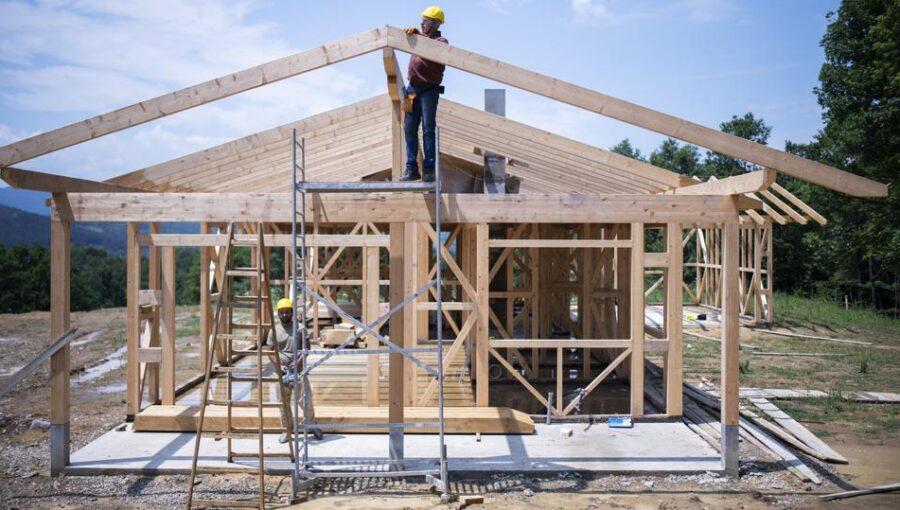If you own your own home, maybe you’ve longed to add more space. Or perhaps things in your life have changed such as having a new child or having a relative move in and they need assistance; having more room is necessary. Whatever your reasons, adding a new addition to your home can be a complex and overwhelming task.
But thankfully the tools you need to do this job yourself are available. Of course, you could go the traditional route and hire a contractor, but you’ll end up spending far more on labor. And you might actually enjoy the process of building your addition yourself. But before you go swinging around the sledgehammer and knocking out walls, there are a few things you should consider regarding your overall building strategy. If you’re looking to add a room to your home, the following article will give you a bit of clarity.
Equipment
Chances are you have a car or a truck that you can use to gather some supplies and equipment. But unless you drive a full-size truck that can haul heavy loads, you’re going to need an alternative when it comes to procuring your building materials.
Sure, you can have these delivered to you for a much higher price tag, or, just as businesses rent work trucks with towing packages, you can look into it too for the materials that you’re going to need throughout the duration of the project.
Additionally, you’ll also want to see exactly what kinds of tools you’ll need. And this is going to be largely dictated by the size of your addition and the materials that you’re going to be working with.
If you’re unsure of what materials and tools you’ll actually need, you can start by asking around at your local lumber and hardware stores, or try to pick the brains of any carpenters you know. Chances are they may actually want to help you out.
The residential lease agreement should specify each renter renting the property as well as the landlord's name. Furthermore, each of the tenants should sign the lease agreement so that it is clear that they are all bound by the provisions of the agreement.
Types of Additions
Depending on what you have in mind, you’ll have many options for additions, from a very basic storage shed just to give you a little extra space, to an elaborate upstairs addition, the latter of which is going to be quite costly.
If you’re simply looking to add a few more square feet to your property, you might want to consider creating a bump-out.
Bump-outs are most common in breakfast nooks, or as a way to give a living area a bit more space. And these additions usually add up to about 20 additional square feet, enough to significantly increase your property value.
Full room additions are going to be much more costly and time-consuming, however, depending on the layout of your property, a full room addition might be as simple as removing a wall, expanding the foundation, and tying the structure together in a uniform fashion.
Permits
Remember, if you’re going to be building near other homes, and unless you live in an area where building codes and permits are non-existent, you’re going to need a building permit and an inspection for whatever structure you decide to build. Additionally, some communities require permits for even the smallest of structures such as a lean-to or a small storage shed.
Your first step is going to be to contact your local building and zoning board, or your county tax assessor. These individuals will know exactly where you can obtain a permit and how much it will cost. In addition, they’ll also be able to let you know if your blueprints are legal, as some communities with close property lines don’t allow additions. Further, if you live in a historic community, you may not be able to build an addition at all.
Also read about:
What is a commerce strategy about AMarkets Reviews
Subscribe to Win Huawei Watch GT 2 Pro
Lesser Known Benefits of CBD Oil for Dogs

